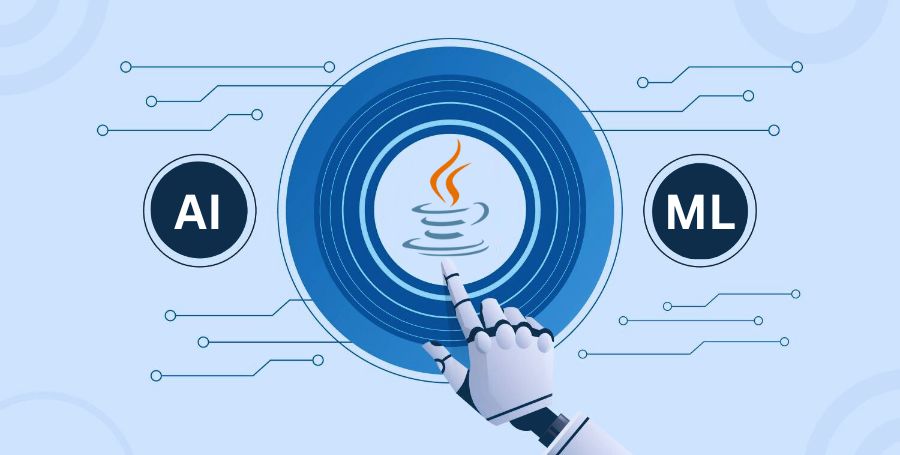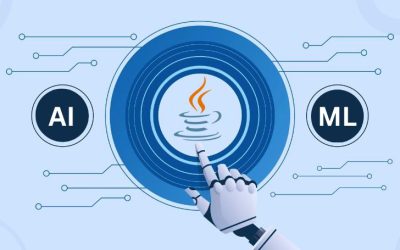Predictive Analytics in Agile Development addresses a ground-breaking combination of two robust techniques, joining the flexibility of Agile with the foresight of Predictive Analytics. In the highspeed universe of programming improvement, where change is the main consistent, this approach proclaims another time of productivity and accuracy.
Predictive planning is becoming a benchmark for groundbreaking associations as the financial landscape evolves. Integrating a predictive element into the planning and scheduling of rehearsals gives groups a one-of-a-kind opportunity to turn around quickly, improve accuracy, and gain a thorough understanding of the effects of various situations on reality. Top-down, bottom-up, or parallel-predictive planning can all be used to stimulate the entire range of upstream and downstream impacts.
Although the possibility of implementing a robust predictive adjustment system may be a significant innovative endeavor, the progression from simple to computerized reasoning does not require short-term change. Thus, this article Adaptive AI Development Company will provide finance groups with practical guidelines for advancing forecasting capabilities in an organized manner.
Agile Development: A Short Outline
Agile development is a strategy for software development that stresses the importance of adaptability, collaboration, and iterative development. It allows development teams to quickly respond to shifting requirements and customer feedback because it thrives on adaptability. Agile separates the conventional, linear programming improvement process into more modest, reasonable cycles known as runs. This iterative method guarantees that groups can continuously improve their work and work through the venture.
The Job of Predictive Analytics
Enter Predictive Analytics, a field of data science that uses historical data, factual calculations, and AI to distinguish the probability of future results. With regards to Agile Development, Predictive Analytics turns into a directing power, offering insights into likely barricades, asset necessities, and financial timetables.
Seeing What’s in Store:
Predictive Analytics assists us with foreseeing what could occur later on by seeing what occurred previously. It resembles utilizing a gem ball for project arranging.
Avoiding Problems Before They Arise
It helps us distinguish and take care of issues before they even appear, making our work smoother and less upsetting.
Using Resource Wisely
By looking at how we’ve used assets like people and devices before, predictive analytics helps us integrate them into our operations in the most ideal way possible.
Making Good Decisions
It gives us bright ideas in the light of realities, making it easier for us to exercise sound judgment at every step of our work.
Sticking to the Schedule
Predictive Analytics assists us with arranging our undertaking courses of events all the more precisely, so we don’t guarantee excessively or too minimal in each step of our work.
Fixing Issues Quickly
By anticipating potential issues, we can fix them before they become major issues, keeping our ventures on track.
Preparing for Change
It assists us with being prepared for changes in our venture by surrendering our ahead. So, we can change our arrangements rapidly and without any problem.
Setting Aside Cash
By sorting out the amount we could require ahead of time, Prescient Investigation assists us with planning shrewdly, setting aside cash, and utilizing it where it makes the biggest difference.
Keeping Clients Cheerful
It assists us with ensuring our undertakings match what our clients expect, keeping them cheerful and happy with our work.
Why Should You Use Predictive Analytics in Planning?
Involving Predictive Analytics in arranging, particularly in unique and complex fields like programming improvement, offers a few convincing benefits. Here are the main justifications by software development company for why integrating predictive analytics into an adjustment is beneficial:
Precise Determining
Prescient investigation uses verifiable information, examples, and patterns to create exact estimates. This considers a more exact assessment of task timetables, asset necessities, and expected difficulties.
Mitigation of Risk
Based on previous project data, predictive analytics identifies potential risks and uncertainties. This empowers proactive gamble relief methodologies, diminishing the probability of unforeseen misfortunes and further developing generally speaking task versatility.
Asset Advancement
Predictive Analytics improves asset arrangement by analyzing past asset assignment and utilization designs. This guarantees that the right abilities and limits are accessible while required, forestalling overallocation or deficiencies.
Further Developed Decision Making
Informed independent direction is a foundation of fruitful preparation. Predictive Analytics services provide bits of information-driven knowledge, which helps project directors and teams settle on educated choices at each stage related to the configuration system.
Efficient Sprint Planning
For Agile improvement groups, exact run arranging is significant. Predictive analytics helps assess the scope of work for each run, optimize work diffusion, and ensure that attainable objectives are set for the group.
Consumer Loyalty
Predictive Analytics adjusts project timetables and expectations to client assumptions. By giving more precise assessments, groups can upgrade consumer loyalty, fulfill time constraints, and answer all the more successfully to evolving necessities.
Consistent Improvement
Predictive Analytics adds to a culture of nonstop improvement. By breaking down results from past ventures, groups can recognize regions for development, refine arranging cycles, and carry out changes to upgrade by and large effectiveness.
Flexibility to Change
Predictive Analytics considers a lither reaction to changes in project degree, prerequisites, or outside factors. By understanding expected influences, groups can adjust their arrangements continuously, guaranteeing adaptability notwithstanding advancing conditions.
Cost Effectiveness
Precise preparation through Predictive Analytics helps in better planning and cost assessment. Organizations can better allocate resources and avoid unexpected costs as a result, which reduces costs.
Vital Preparation
Predictive analytics provides insights into long-range patterns and instances, empowering associations to participate in essential preparation. This can include defining sensible objectives, adjusting ventures to hierarchical targets, and going with information-driven choices for future drives.
Expanded Responsibility
With exact forecasts and arranging, groups can define practical assumptions and objectives. This encourages a feeling of responsibility as groups can quantify their exhibition against clear-cut targets, prompting a more straightforward and mindful workplace.
Planning with predictive analytics gives companies a competitive advantage. The capacity to design all the more precisely, answer changes successfully, and reliably convey excellent outcomes positions them as pioneers in their particular ventures.
In summary, engaging with predictive analytics equips organizations with an incredible asset to explore vulnerabilities, improve navigation, and upgrade assets. Verifiable information and high-level insight methods can help organizations achieve more precise, proficient, and fruitful arrangement results.
Advantages of Predictive Analytics in Agile Development
Exact Preparation
Predictive Analytics uses verifiable undertaking information and execution measurements to produce exact conjectures. By planning sprints and allocating resources more precisely, teams can reduce the risk of overcommitting or under-delivering.
Mitigation of Risk
By investigating verifiable patterns and potential gambling factors, Predictive Analytics helps groups recognize and take a chance before they raise. This proactive approach enables Nimble teams to tackle difficulties early in the improvement cycle, ensuring smooth implementation of projects.
Resource Optimization
Understanding asset needs is basic in Nimble undertakings. Predictive Analytics helps streamline asset segments by measuring interest for specific capabilities, ensuring that the right capabilities are accessible when needed.
Further developed Decision Making
Predictive Analytics gives information-driven experiences that upgrade decision production at each phase of the advancement cycle. Whether it’s choosing the most proficient improvement path or making informed changes during the run, AI-powered inspection enables teams to follow key choices.
Upgraded Efficiency
Predictive Analytics enables groups to proactively address issues and limit disruptions to the improvement process by anticipating potential bottlenecks and delays. It prompts further development of efficiency and on-time conveyance of excellent programming.
Customer Satisfaction
Predictive Analytics permits groups to adjust advancement endeavors to client assumptions. By precisely anticipating conveyance timetables and adjusting to evolving necessities, Nimble groups can upgrade consumer loyalty and construct more grounded connections.
Continual Development
Predictive Analytics encourages a culture of persistent improvement inside Agile groups. By investigating the results of each run and venture, groups can distinguish regions for improvement, refine their cycles, and emphasize their advancement rehearsals.
Difficulties and Contemplations
Despite the numerous benefits of incorporating predictive analytics into agile development, it is essential to recognize potential obstacles. Considerations that require attention include the need for skilled data scientists, the dynamic nature of Agile projects, and the accuracy of the data.
Conclusion
In the unique domain of Dexterous Turn of Events, Predictive Analytics arises as a powerful partner, enabling groups with the capacity to predict, adjust, and succeed. By utilizing the abilities of simulated intelligence-driven examination, Agile activities can explore the flighty waters of programming improvement with more noteworthy certainty and accuracy. Agile principles and predictive analytics combine to redefine the way projects are planned and carried out. It also lays the groundwork for a future in which adaptability and foresight work perfectly together.
Agile principles and predictive analytics combine to redefine the way projects are planned and carried out.







